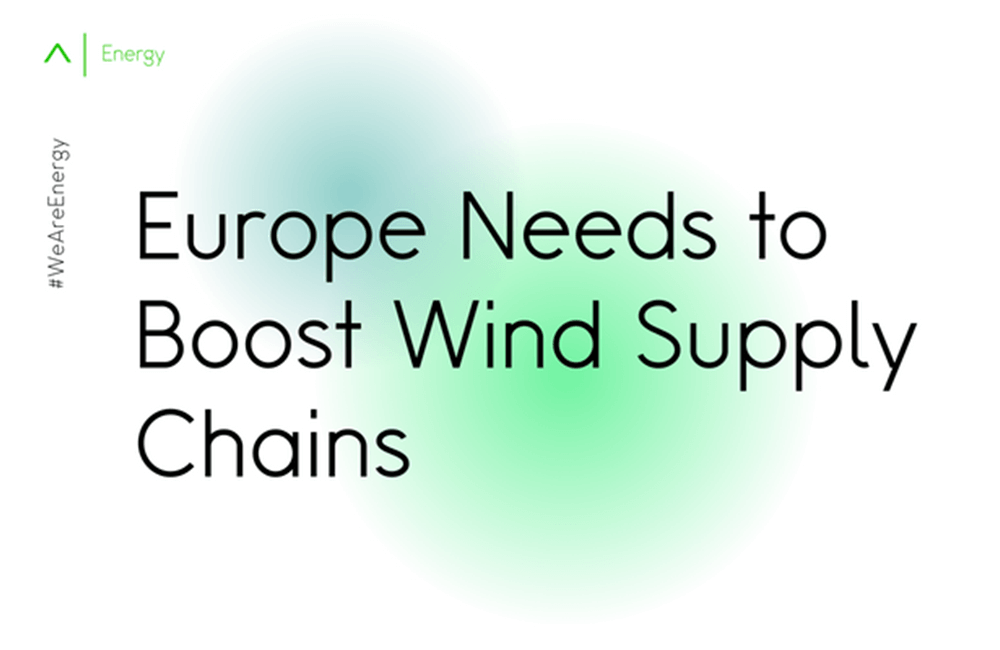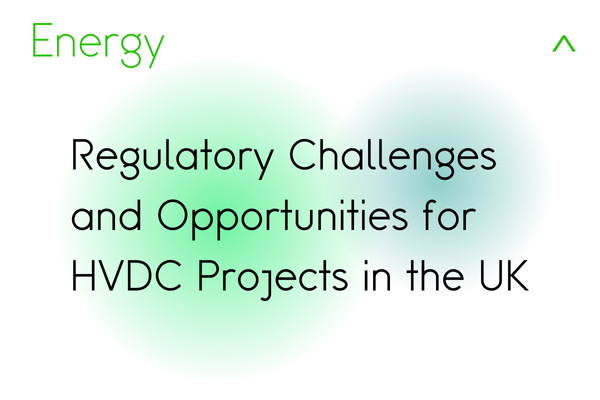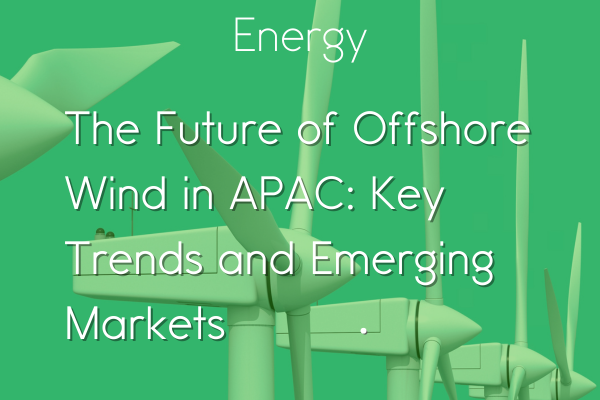Europe Needs to Boost Wind Supply Chains
10 Mar, 202310 minsThe EU’s REPowerEU strategy has set ambitious plans to not only save energy, but to pr...

The EU’s REPowerEU strategy has set ambitious plans to not only save energy, but to produce more clean energy, placing high demands on current energy infrastructures. Under the new plan, the EU wants wind energy to more than double by 2030, building independence from unreliable suppliers and unstable fossil fuels. This will call for huge investments in both new and existing industrial production capacities, and will see massive changes to the industry as a whole. But does the wind supply chain have the means to invest at such a scale?
Currently, Europe’s five wind turbine manufacturers are operating at a loss, even though current electricity prices are so high. According to Wind Europe, 19GW of new wind capacity was installed in 2022, which is considerably less than the EU needs to stay on track. At least 30GW per year is needed to meet the targets on time. So why is the wind supply chain struggling to meet these targets, and what can be done to rectify the situation?
- Permitting remains bottleneck. Higher targets and expansion plans aren’t translating into wind turbine orders because the new wind farms just aren’t being permitted at the rate that’s required. The EU is building at around half the rate it needs to; permitting rules and procedures are complex, and understaffing also holds permitting back- currently, 80GW of wind projects are stuck in permitting procedures.
- Prices are holding things up too. The cost of steel and other commodities, alongside increased shipping costs and supply chain bottlenecks have raised the overall price of wind turbines. And due to the lapse in time when it comes to order and delivery, the extra costs fall to the supply chain.
- Government auctions are bringing prices up. The auctions are almost always cost driven, but this has led to some countries being forced to allow negative bidding, requiring developers to pay for the rights to build a wind farm. The extra costs accrued are then passed on to the supply chain- who are tackling profit loss- or to the consumers, who are already struggling with high energy bills.
- EU can’t keep up with international competitors. Despite almost all of Europe’s wind turbines being made in Europe, Chinese manufacturers are now starting to win contracts in Europe, thanks to lower costs.
- Renewable revenues are uncertain. 2022 saw a number of government interventions on electricity markets which did nothing for investor confidence, and which changed revenue flows for wind energy projects. The result of this was a decrease in investments in wind energy and nearly no new Final Investment Decision in offshore wind. Additionally, orders for new wind turbines were down 47% compared to 2021.
The EU needs to boost wind supply chains in order to reverse the trends we’re seeing, and to meet the targets set. The European Commission is set to bring forward new legislation for an EU Green Deal Industrial Plan to strengthen the competitiveness of Europe’s net-zero industry and to support it’s progress towards climate neutrality. This plan will need to demonstrate it’s ability to achieve answers to the US Inflation Reduction Act if clean energy industries are to invest.
The plan must also:
- Remain focused on core technologies required for climate neutrality- specifically wind, solar, storage, electrolsyers and heat pumps and their adjacent supply chains.
- Invest EU resources to support immediate investments in the wind supply chain, in addition to a more fluid approach to national tax credits.
- Maintain the simplicity of funding and financing allocation rules to ensure money can get to the supply chain quickly. Immediate investment are crucial for achieving the 2030 targets.
- Accelerate permitting for wind energy projects- national governments need to apply the EU emergency rules on permitting, with simplification rules of the Renewable Energy Directive as soon as possible.
- Ensure the reliability of auction volumes for wind energy, so that lead times are shortened.
- Ensure EU state aid rules permit National Government to fully index schemes in place to support auctions.
- Guarantee EU state aid rules to give full flexibility to national governments to use non-price criteria in auctions, and to reward the added value European manufacturers bring when it comes to energy system integration, sustainability, jobs and community engagement.
- Ensure negative bidding is avoided.


